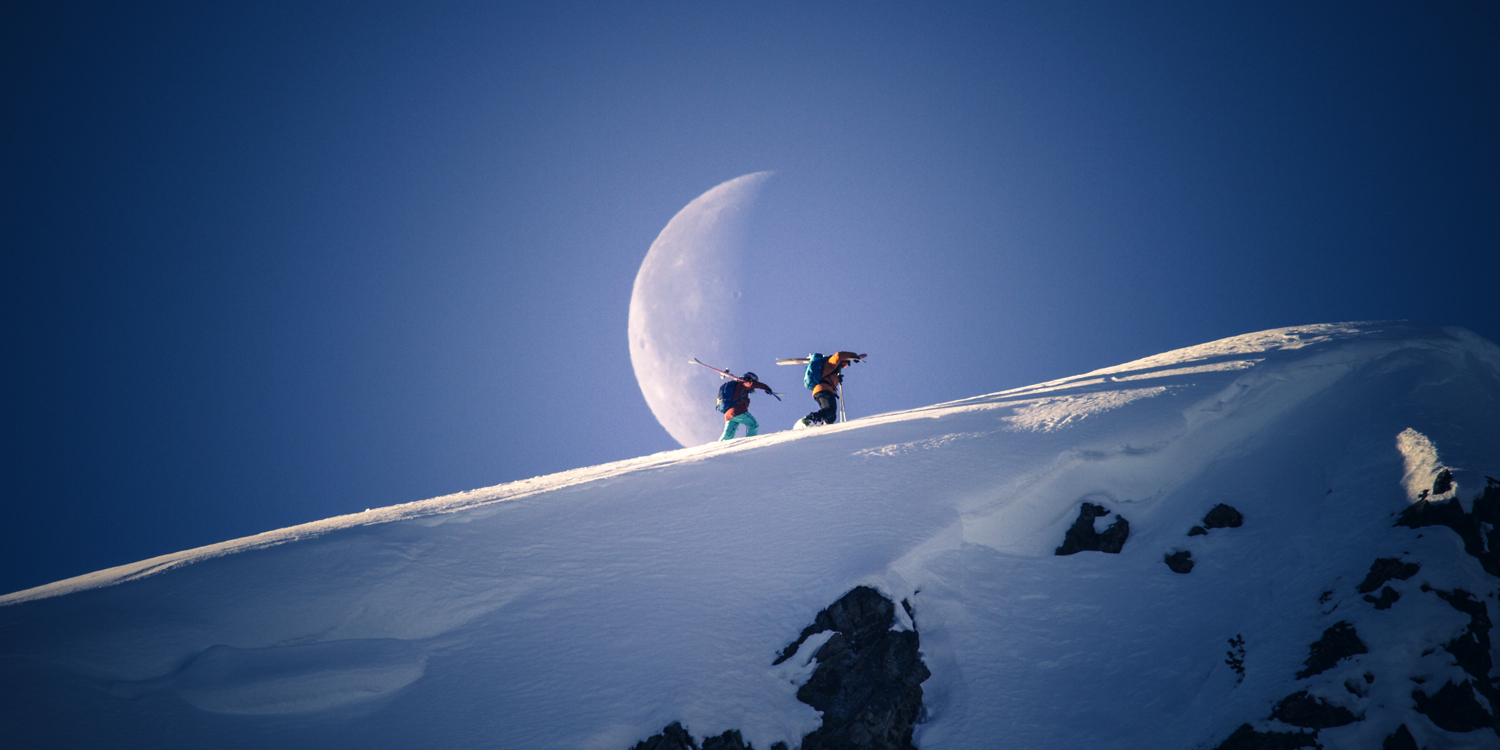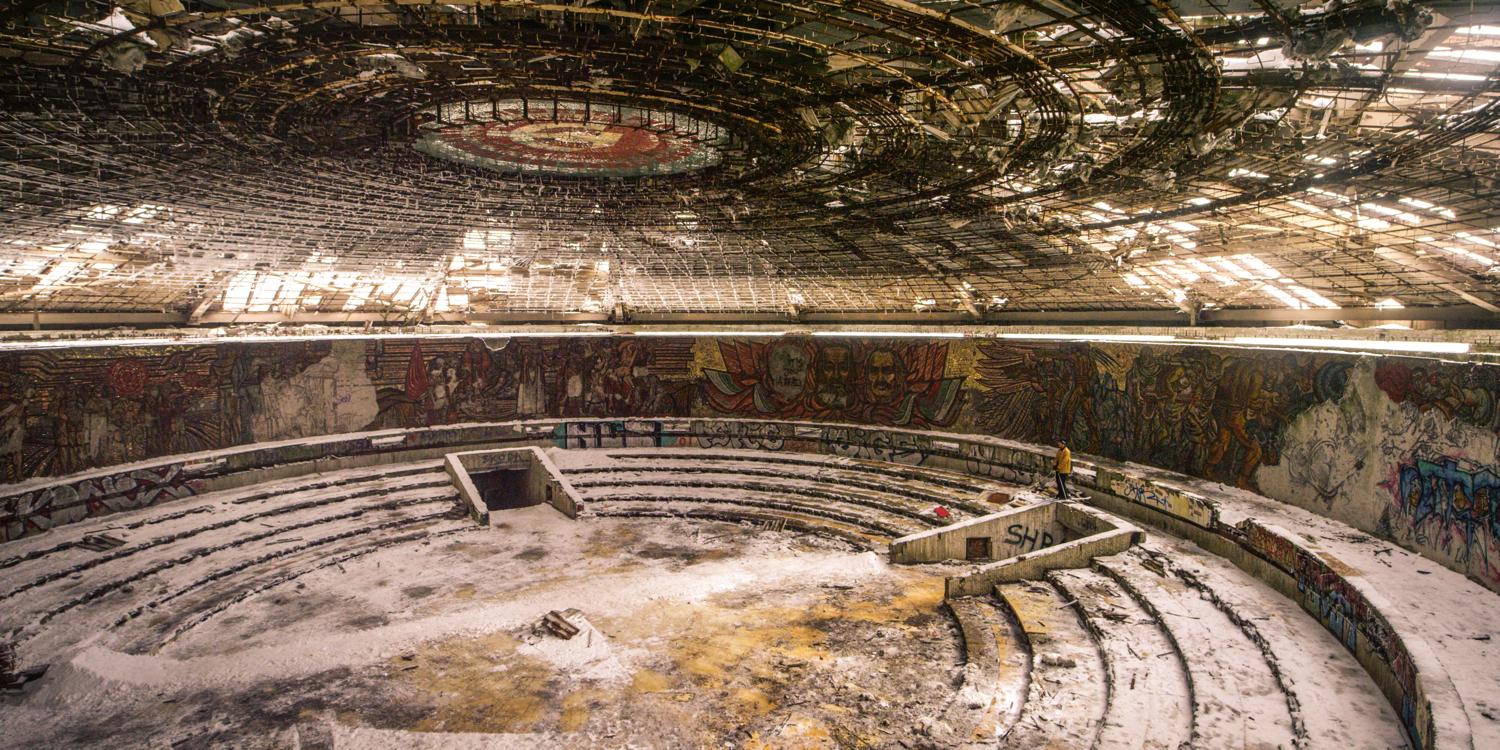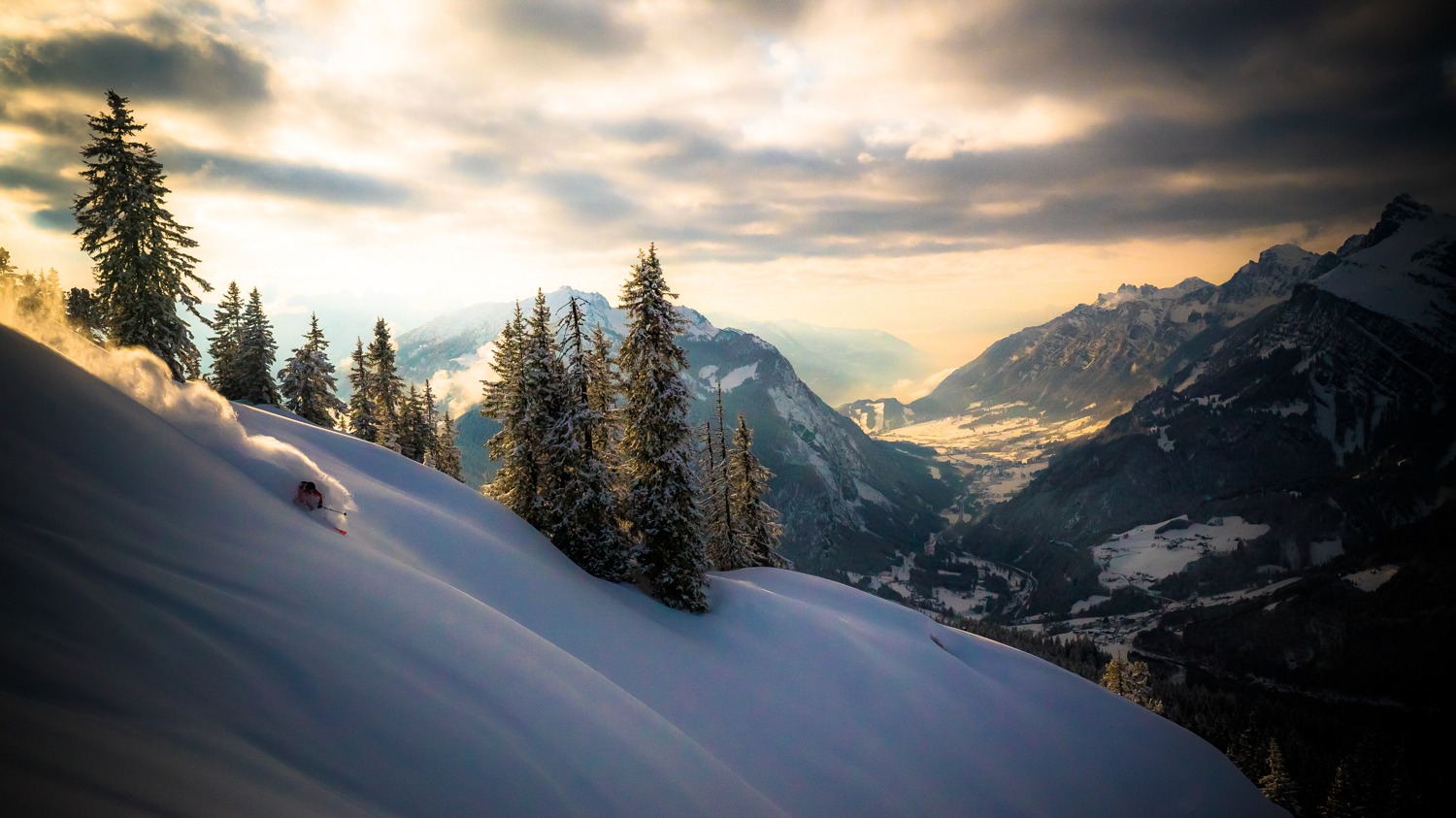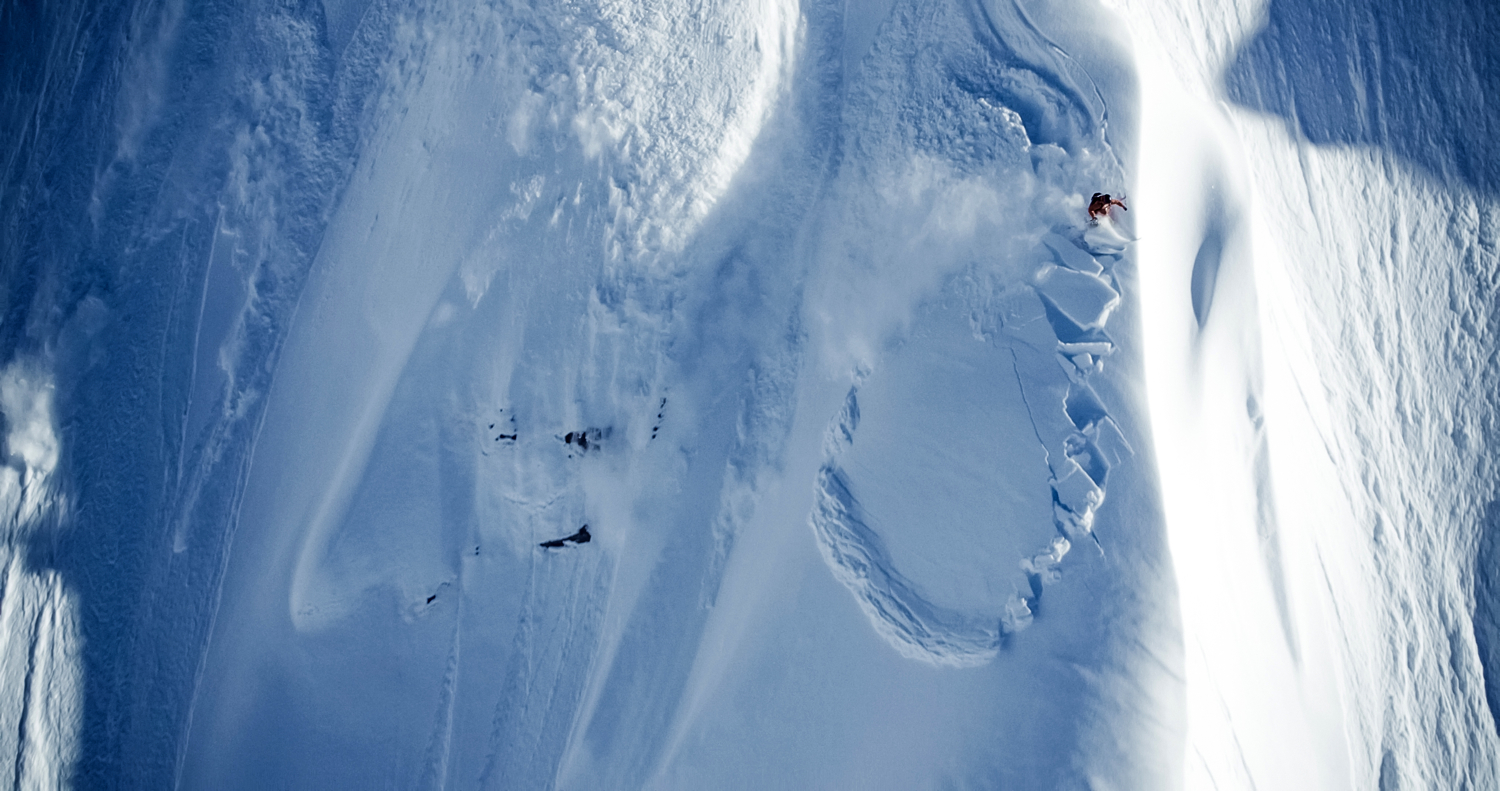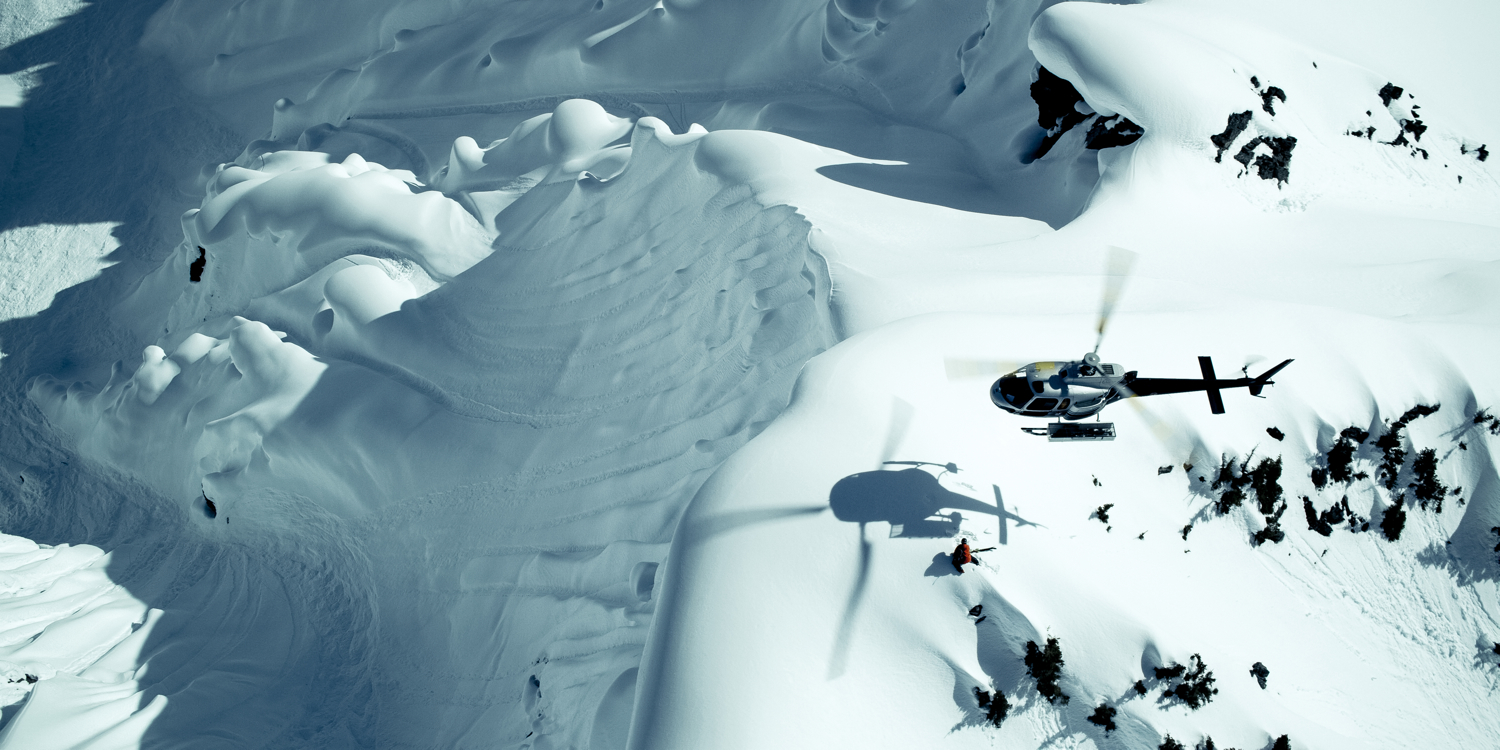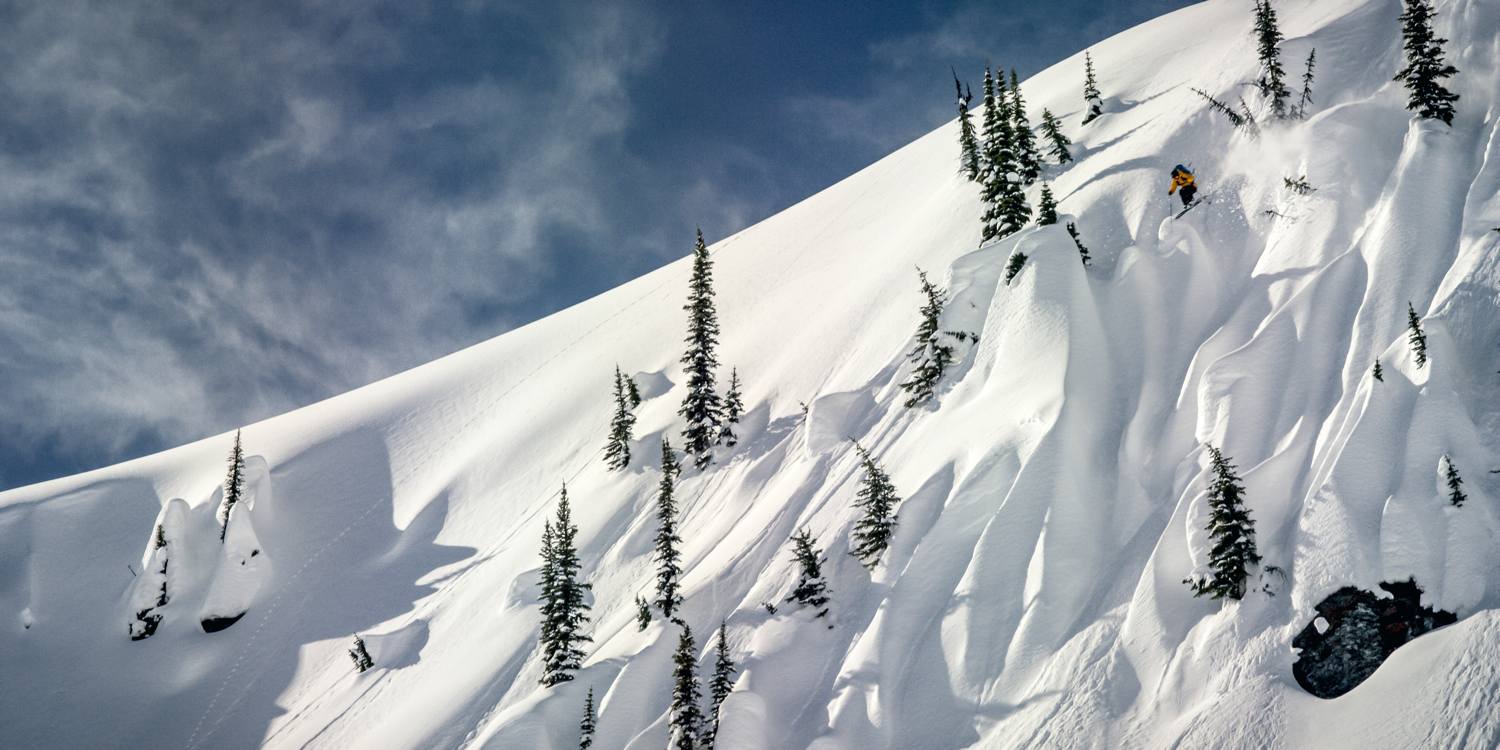The Alaskan-born 30-year-old Sturgulewski fell into filmmaking after graduating from college in 2008. An avid snowboarder, he began creating snowboard and ski videos without any official filmmaking education. His experience eventually grew into the creation of Sturgefilm, his production company, through which he has produced videos for numerous clients, ranging from DPS skis to Patagonia and NBC.
Bringing fiction to a ski film
Set in a post-apocalyptic future where the world’s snow has all melted, the fictional narrative offers an unmistakable message about climate change.
“I love making documentary films, but I learned to love films through narratives,” Sturgulewski said. “I love a good story. That’s always what I’ve wanted to do.”
Back in 2013, Sturgulewski took a similar approach with the film Valhalla, produced by Sweetgrass Productions, but Ruin and Rose gave him the freedom to fully explore the idea and see how far it could go.
The film weaves together two incredibly different, yet equally stunning environments. The story is told across the expansive deserts of Namibia along Africa’s Skeleton Coast, and the deep powder of the mountains of Alaska, British Columbia, Switzerland, and others.
Set in a post-apocalyptic future where the world’s snow has all melted, the fictional narrative offers an unmistakable message about climate change, but Sturgulewski affirmed that the story is mostly about the perseverance of the human spirit.
“I believe there are other, very effective ways of communicating these concepts, outside of the traditional documentary,” he explained. He wanted to tackle the issue of climate change in a different format, with the hope that a fictional narrative will attract a larger and slightly different audience compared to going the documentary route.
Beyond presenting what’s hopefully an engaging motif for viewers, this approach also allows the film to examine skiing as something entirely new. The protagonist is a young boy living in the desert world of the future, who stumbles upon a snow globe in the sand, discovering a window into the world that once was.
“For a child with no concept of the world before, how would he view something as foreign as skiing?” Sturgulewski said.
A cinematic approach
In order to tell the fictional narrative correctly, Sturgulewski and the Matchstick team relied on Hollywood-grade gear to capture a truly cinematic look. Four different Red Epic Dragon 6K cameras with Cooke cinema lenses were used throughout the production, complemented by a DJI Inspire 1 RAW drone and a cable cam system that carried a Sony A7S II mirrorless camera.
“If you can get people’s mindset to be, ‘We’re watching a film now, we’re watching cinema,’ it will set them up for the experience,” Sturgulewski explained.
“Every couple of days, it would hit 105 degrees and the wind would just be whipping you with sand.”
The cable cam was equally useful, and filled in on the shots that were just too difficult to achieve otherwise. A cable cam can ride right alongside a fast-moving subject, getting much closer than would be feasible with a drone.
While snow and cold weather always make for a difficult shooting environment, Sturgulewski was familiar with these challenges. Shooting in the desert sands of the Skeleton Coast presented an entirely different set of problems.
“Every couple of days, it would hit 105 degrees and the wind would just be whipping you with sand,” he remembered.
Such an environment is obviously not ideal for sensitive electronic equipment. The Red Epics held up pretty well, but it would take hours to clean all of the sand out of their fans each night. Only once did a camera fail during a shoot, however, when particularly large grains of sand found their way into the cooling system. As Sturgulewski described it, “the fans got choked up on pebbles.”
The human element
Working with a child lead presented another challenge. “Everything revolved around this one kid. Sometimes, there were these magic moments. Other times, it was really frustrating. Great lighting would be wasted if he wasn’t in the mood,” Sturgulewski said.
Ultimately, however, the struggles proved worth it, and reflect the film’s central theme of human perseverance.
When asked what he would change if he could do it again, the young director simply said, “Have more money.”
”We had all the technical things we needed, but to really get those Hollywood cinematic values, you’re still going to need the manpower.”
“You can make a film that looks cinematic with way less money than you used to be able to,” Sturgulewski explained. “But to really get those Hollywood cinematic values, you’re still going to need the manpower. We had all the technical things we needed, but you’re always going to need more budget for the human element.”
Between the U.S. and Namibia teams, the crew had at most seven people working at a time. While a small crew certainly has its merits, having more people would have allowed each individual to focus more closely on a specific task.
Now that the film is nearing the end of postproduction, Sturgulewski has had some time to reflect on the filmmaking process. The entire production had been a huge learning experience for him, and he remained very close to the project throughout.
“A huge part of the process is learning how to let go,” he said. “It’s hard to trust other people, but it’s so essential to the process.”

Just a few hours after this interview, Sturgulewski boarded a plane to Toronto, Canada, where he met with the colorists and sound designers who put the finishing touches on the film. After that, he collected the graded footage, laid it down on his existing timeline in Adobe Premiere Pro, added back in all of his effects, and pressed the export button one last time.
The film premiered on September 16 in Aspen as part of the Matchstick Productions tour, and will be available for purchase on iTunes in October.
With Ruin and Rose completed, Sturgulewski is ready to look to the future. He has the experience, the gear, and an awesome portfolio of work, but now his focus remains locked on finding that human element.
“I’m mostly an introvert, but I know how to be extraverted when I need to,” he said. “My biggest goal from here on out is finding those people that bring out the best in one another.”
